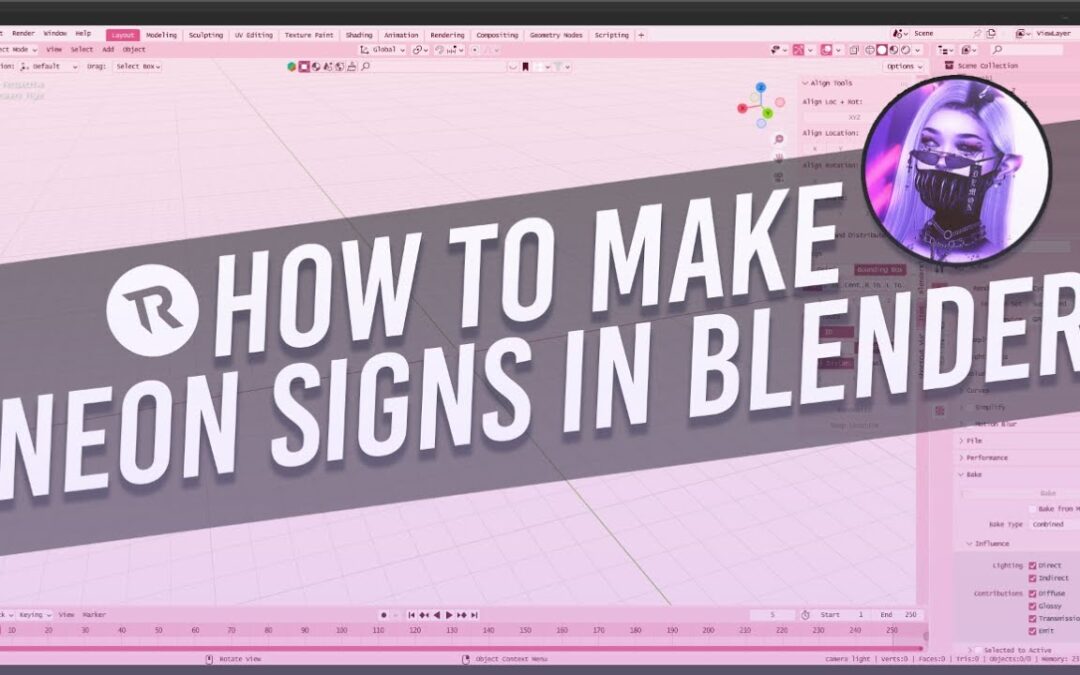
How To Make Neon Signs in Blender
Welcome to an innovative tutorial where creativity and virtual reality intersect! In this exclusive video, the renowned content creator, Toxxic Rhiannyr, takes center stage to guide you through the intricate process of crafting mesmerizing neon signs for Second Life using the powerful tool, Blender. The tutorial is designed to help you create stunning neon signs that are sure to impress your friends and followers. So, buckle up and get ready to dive into the world of neon sign crafting with this fantastic tutorial!











